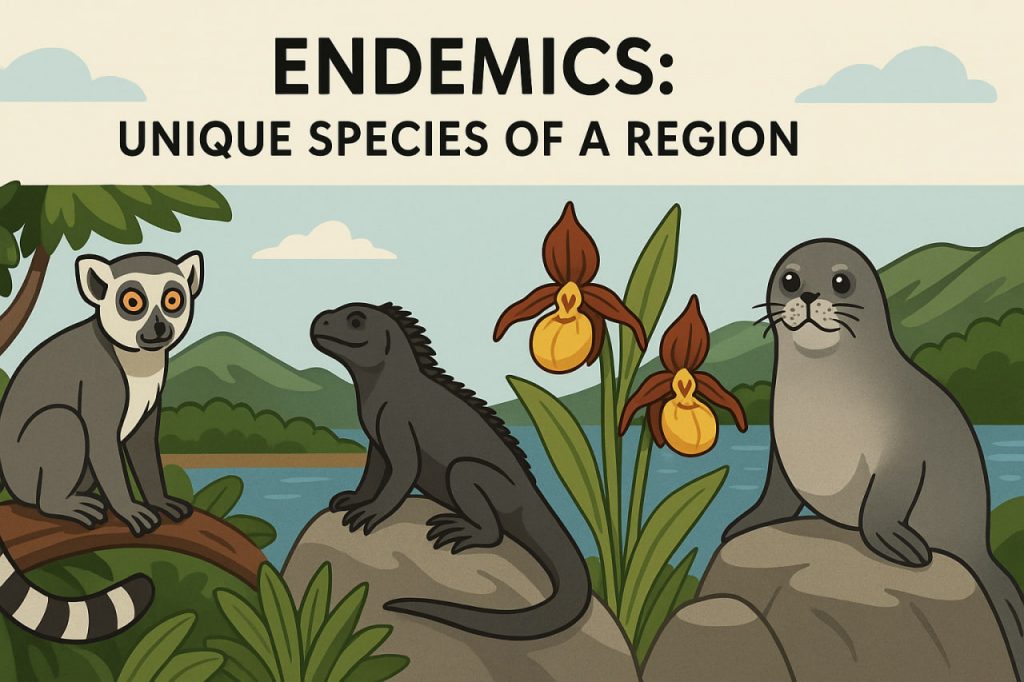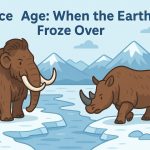The natural world is filled with an incredible variety of plants and animals. Some of them are found all over the world, while others exist in only one specific place. These unique, location-bound organisms are called endemics. Understanding them helps scientists protect biodiversity, track ecosystem health, and study how species evolve in isolation.
What Does ‘Endemic’ Mean?
A species is considered endemic when it lives in a particular region and nowhere else on Earth. This can apply to islands, mountains, forests, or even lakes. For example, the lemurs of Madagascar, the Galápagos marine iguana, and the Baikal seal are all endemic to their habitats.
Why Do Endemics Exist?
Endemics usually evolve due to geographic isolation. Over time, when a group of animals or plants becomes separated from others, they may adapt in unique ways to local conditions. Climate, predators, food availability, and other factors drive this slow but powerful process known as evolutionary divergence.
Endemics and Conservation
Endemic species are especially vulnerable to threats like habitat destruction, invasive species, and climate change. Since they exist in only one place, any environmental disruption can have severe consequences. Protecting these species often means preserving entire ecosystems — making them a key focus of conservation biology.
Human Impact on Endemics
In many parts of the world, urban development, logging, pollution, and tourism put endemic species at risk. For example, deforestation in Madagascar threatens dozens of endemic orchids and reptiles. Invasive species introduced by humans can also outcompete or prey on native endemics, sometimes driving them to extinction.
Why They Matter
Endemic species are not only important for science — they are also part of a region’s natural identity. They contribute to genetic diversity, support local food chains, and often attract eco-tourism. Losing them would mean erasing irreplaceable parts of Earth’s biological heritage.
Glossary
- Endemic – a species found naturally in only one specific geographic location.
- Biodiversity – the variety of all life forms in an ecosystem or on Earth as a whole.
- Ecosystem – a community of living organisms and their environment functioning as a system.
- Geographic isolation – physical separation of populations that limits interaction and mixing.
- Evolutionary divergence – the process where species evolve different traits over time.
- Invasive species – organisms introduced to a new area that negatively affect local species.
- Conservation biology – the science of protecting and managing biodiversity.


